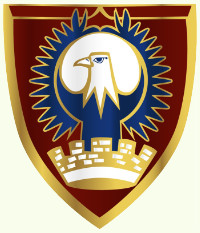Fifty years ago, our first graduating class completed a bold adventure in higher education. Today, the college itself is long gone, but the ripples of that experience live on all over the world. We invite you—as alumni, former faculty, or as visitors—to explore and celebrate Raymond College, the College of Consequence.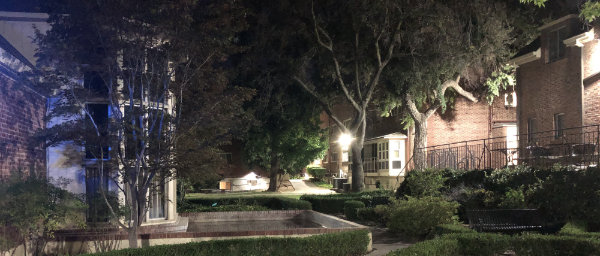
Those first students entered a space unlike anything on the West Coast, an experience deliberately modeled on the ageless colleges of Oxford. Paired with the formal traditions of a classic liberal arts education, Raymond invited students and faculty to push themselves, to become part of a community of scholars, to study widely across the spectrum of disciplines, to take responsibility for their own learning, and to accomplish it all within three years.
Raymond was tiny, with around 150 students in college at any given time. Classes ranged from 30 or so people in a freshman seminar, to classes of two or three students, to independent studies with only a single student and a professor. These close connections with our faculty bonded us for life.
The Raymond family is spread across the globe and across all disciplines, but our undergraduate education linked us in ways we continue to discover, throughout our lives. Please use this website to explore the Raymond community and discover its parallels in your own life.
~ Wendi Burnette Maxwell, (Ray 1971)
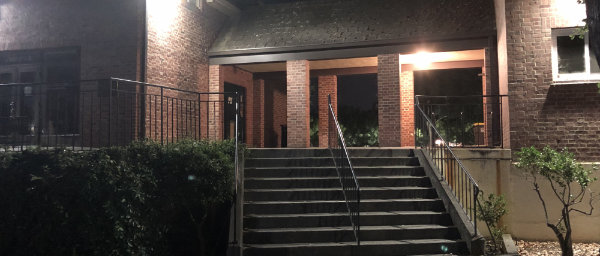
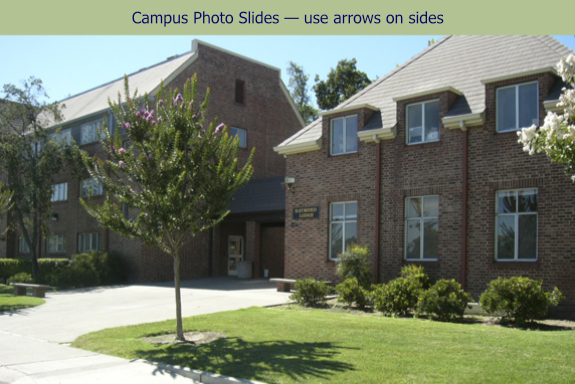
Lodge and Price
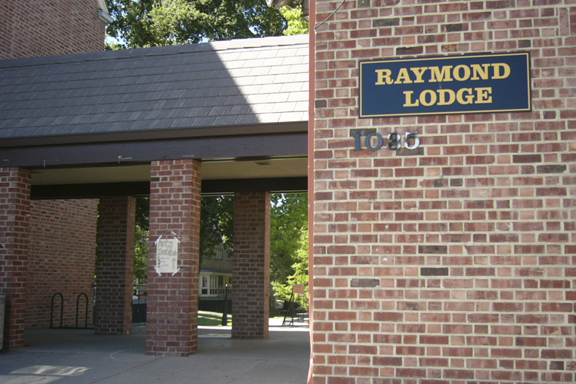
Lodge Front
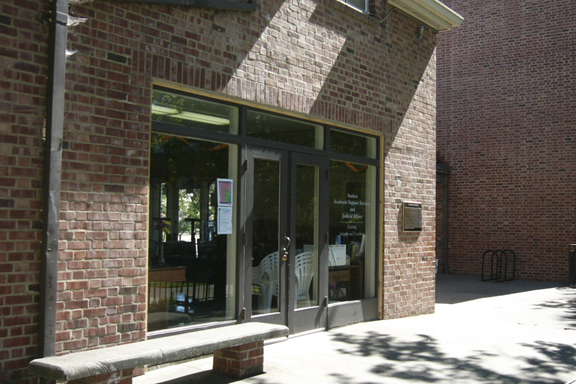
Lodge Back
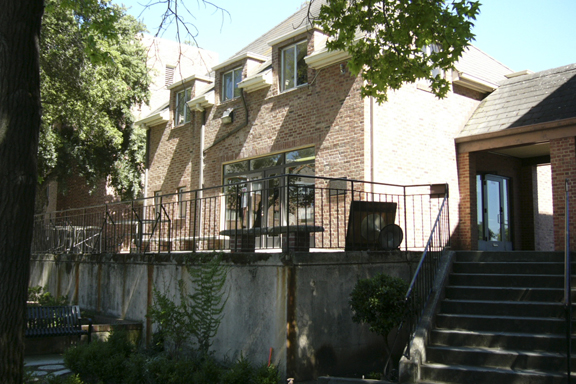
Lodge Stairs

Fountain and Quad
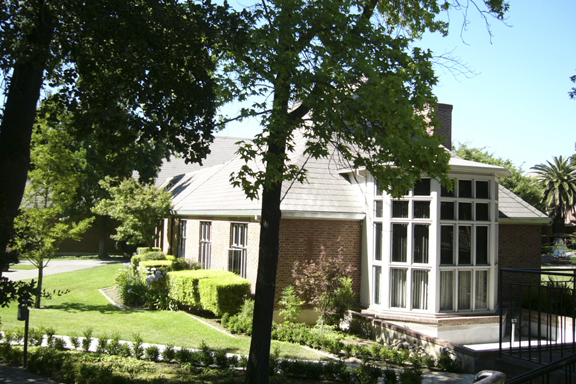
Common Room
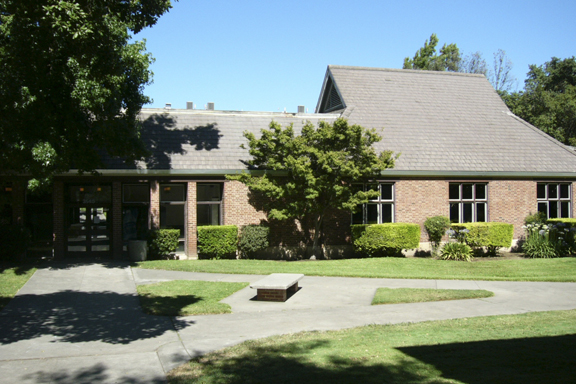
Common Room and Quad

Quad, Price and Farley
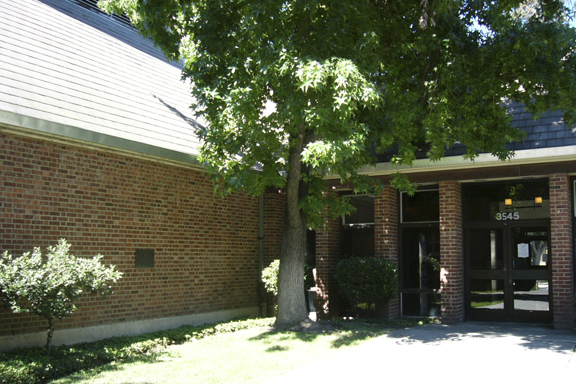
Great Hall Entrance
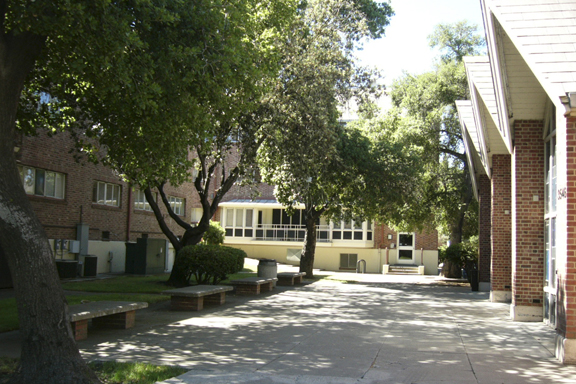
Outside the Great Hall

Outside the Great Hall

Farley and the Quad
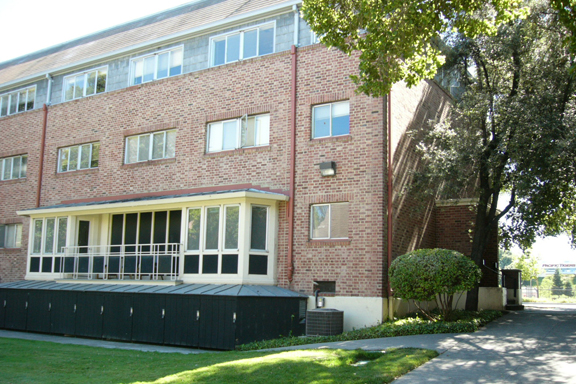
Farley
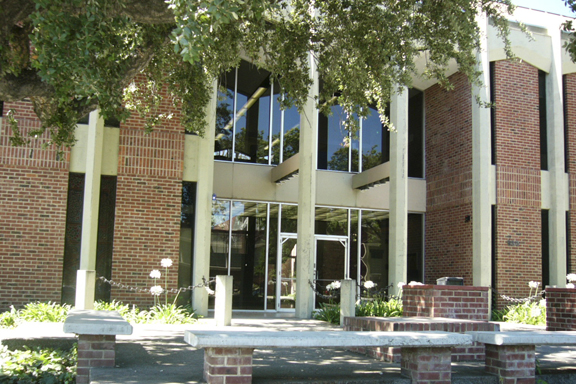
Wendell Philips

Classroom

Auditorium
❮
❯
A Brief History of Raymond College
Established in 1962 during the Presidency of Robert E. Burns, Raymond College was the first of three residential Oxford-type cluster colleges created by UOP during the 1960’s. Raymond offered an innovative interdisciplinary liberal arts curriculum leading to a BA degree in three years.
In contrast to traditional private colleges focused on “football, follies, and fun”, Raymond was a place where academics, intellectual curiosity, and serious conversation mattered deeply.
Students prided themselves on the rigor of their reading, research, and writing, and defended their insights and ideas in seminar classes valuing discussion and clarity of thought. Faculty was often on campus for meals and High Table (with guest speakers from Birchers to Zennists and Martin Luther King to Ken Kesey) providing an atmosphere of extraordinary access and interaction. Students eventually took a more active role in designing their own educational path through independent studies, all helping to create an intellectual community where everyone—students and faculty—explored new information and new connections all the time.
Along with many small liberal arts colleges of the 60s and 70s, Raymond College suffered financial difficulties. It merged with Callison College (also on the University of the Pacific campus) in 1976. Elements of the Raymond Program have been absorbed by other UOP units and have continued to enrich the overall University academic environment. Historically, the cluster college experiment at UOP represents one of America’s boldest ventures in higher education.


